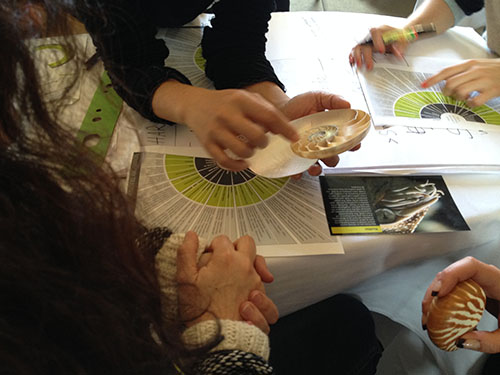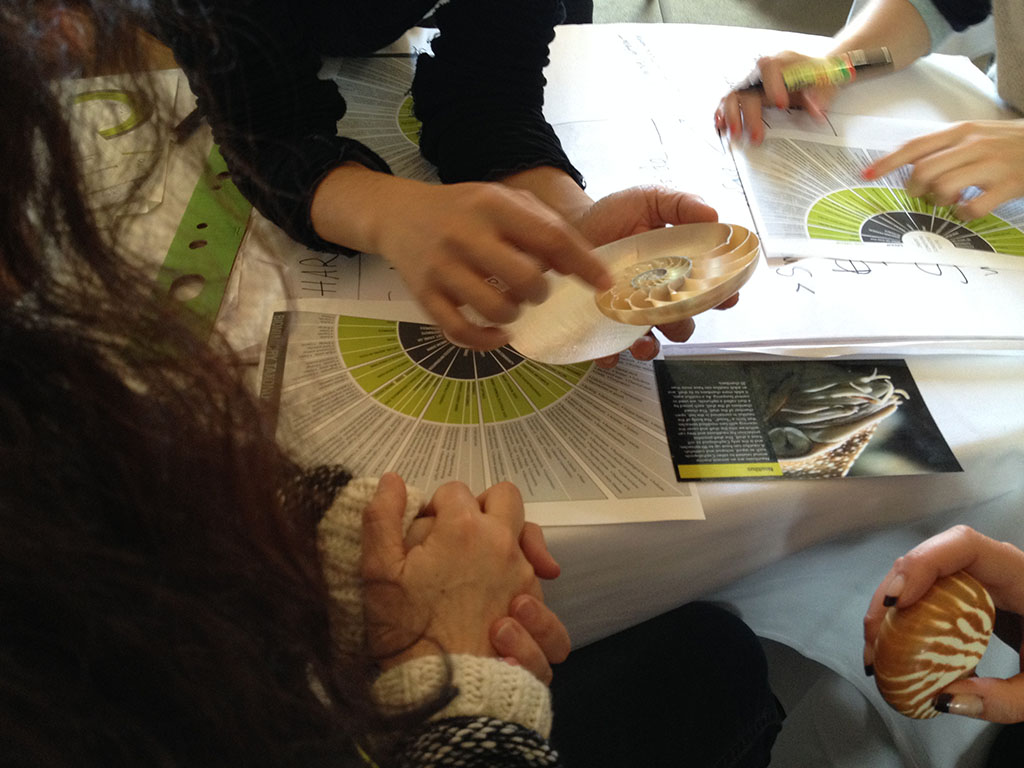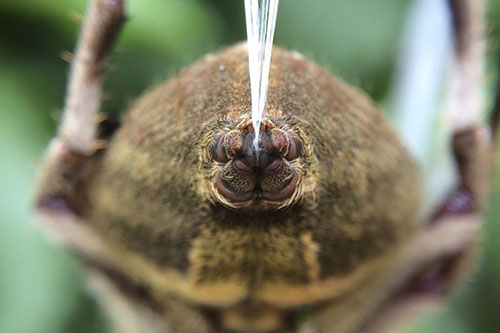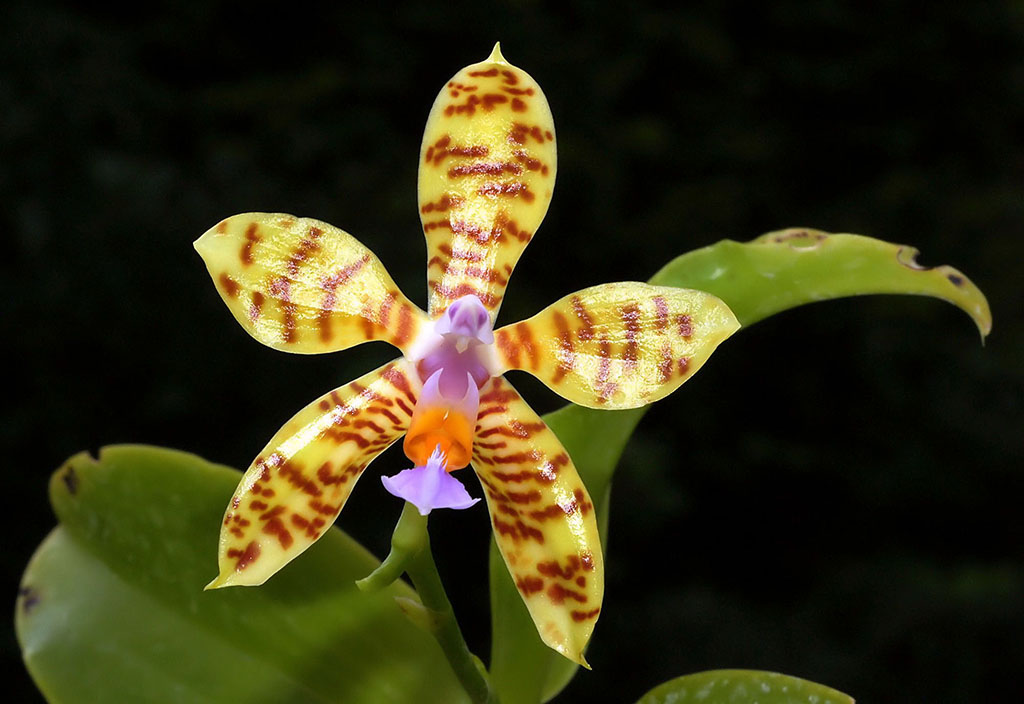Inspired Design


The practice of biomimicry helps innovators to find inspired design solutions.
Photo courtesy of Biomimicry 3.8
When we begin to see the Earth and its biodiversity as models and mentors, then we will have the right motivation and the right perspective to fit in — to survive and to thrive.
~ Dr. Dayna Baumeister, ecologist and co-founder of Biomimicry 3.8


Janine Benyus. Photo courtesy of Biomimicry 3.8
While nature has historically been a source of raw materials, it can also serve to inform design ideas. Ironically, by exploring structures and processes that nature invented long ago, humans have now entered into a new frontier of engineering. Biomimicry is an emerging science that imitates nature in order to solve human problems.
It represents a new way of valuing nature and establishes an ecological standard to judge the soundness of human innovations. It is a field formally introduced by biologist Janine M. Benyus in her book, Biomimicry: Innovation Inspired by Nature (1997). Benyus is a co-founder of the Biomimicry Guild, a company which helps organizations develop products, processes, and policies within a framework of sustainability.


The spinneret of an Australian garden orb weaver spider (2014).
Photo by Jason7825.
Spider silk came into existence at least 380 million years ago. Spiders have six or seven different glands, each producing a distinct protein filament commonly referred to as spider silk. Each type has evolved to fulfill a specific function from prey capture to cocoon building. Accounting for scale, spider silk can be stronger than steel and more tear-resistant than Kevlar. Bioengineers trying to harness the design principles of this natural wonder have used DNA technology to produce bacteria that carry and express the gene responsible for silk production. Making use of this technique, the American biotechnology company, Bolt Threads, recently produced a necktie that became the first ever commercially available spider silk product.



